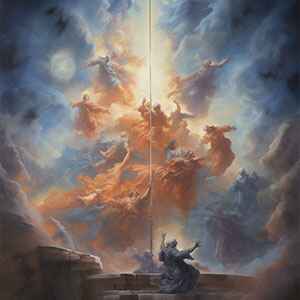Erebus
Erebus, in Greek mythology, is a primordial deity representing darkness and shadow. Erebus is one of the earliest entities to emerge from Chaos, the initial state of the cosmos. Here are key aspects of Erebus in Greek mythology:
Parents: Chaos
Siblings: Gaea, Tartarus, Eros, Nyx
Consort: Nyx
Children: Aether, Hemera

Primordial Origin: Erebus is considered one of the primordial beings born from Chaos, along with Gaia (Earth), Tartarus (the abyss), Eros (Love), and Nyx (Night). These primordial entities set the stage for the creation of the cosmos.
Personification of Darkness: Erebus personifies the darkness that fills the deep recesses of the Earth. The name Erebus itself is often associated with shadow and obscurity.
Relationship with Nyx: Erebus is sometimes identified as the brother and consort of Nyx, the goddess of night. Together, they are considered the parents of various primordial deities, including Aether (Light) and Hemera (Day).
Parentage of Other Deities: Erebus and Nyx are mentioned in some genealogies as the parents of other deities and cosmic forces, highlighting their role in the early structure of the universe.
Boundary Between Light and Darkness: Erebus is often depicted as a boundary or transitional space between the light of the upper world and the darkness of the underworld. This symbolism reflects the transition between day and night.
Hesiod's "Theogony": Hesiod's poem "Theogony" provides insights into the genealogy of the gods, including Erebus. It describes Erebus as a deity dwelling in the underworld and represents the concept of primordial darkness.
Symbolic Significance: Erebus holds symbolic significance as a representation of the mysterious and uncharted realms of darkness. The concept underscores the ancient Greeks' understanding of the dualities inherent in the cosmos.
Underworld Associations: While Erebus is more closely associated with the primordial darkness, it is sometimes connected with the underworld, serving as a precursor to the deeper realms, such as Tartarus.
Literary and Artistic Representations: Erebus appears in various ancient Greek literary works, including epic poems and hymns. In art, Erebus may be depicted in scenes related to the cosmogony or in symbolic representations of darkness and transition.
Cultural Impact: Erebus, along with the other primordial deities, has had a lasting impact on Western thought and culture. The idea of primordial darkness as a foundational element in the creation of the cosmos resonates in philosophical and artistic expressions.
In summary, Erebus is a primordial deity associated with darkness, shadow, and the transitional space between light and darkness. As one of the earliest beings to emerge from Chaos, Erebus plays a role in the cosmogonic narrative that sets the stage for the creation and order of the universe.
Immediate Family
Quick Facts
- Erebus is a primordial deity associated with darkness.
- He personifies the shadow and obscurity in the deep recesses of the Earth.
- Erebus is sometimes identified as the brother and consort of Nyx.
- Parents of Aether (Light) and Hemera (Day).
- Symbolizes the boundary between light and darkness.
- Described in Hesiod's "Theogony" as dwelling in the underworld.
- Holds symbolic significance as a representation of mysterious realms of darkness.
- Connected with the underworld and sometimes associated with Tartarus.
- Appears in various ancient Greek literary works and artistic representations.
- Has had a lasting impact on Western thought and culture.
Further Reading
Art &
Architecture
Ancient Greek art and architecture, with its harmonious proportions and timeless elegance, continue to inspire awe and admiration millennia later.
Discover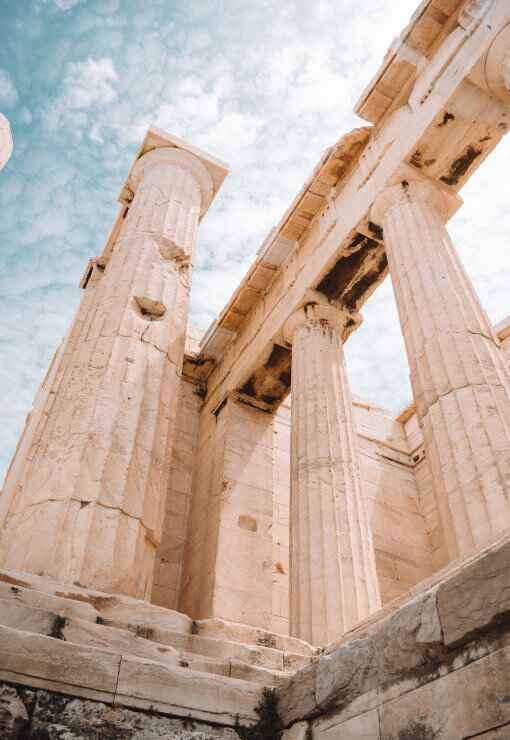
Greek Mythology & Mythical Characters
Greek mythology, a rich tapestry of gods, heroes, and mythical creatures, captivates the imagination with its tales of love, betrayal, and epic adventures that delve into the depths of the human psyche.
Discover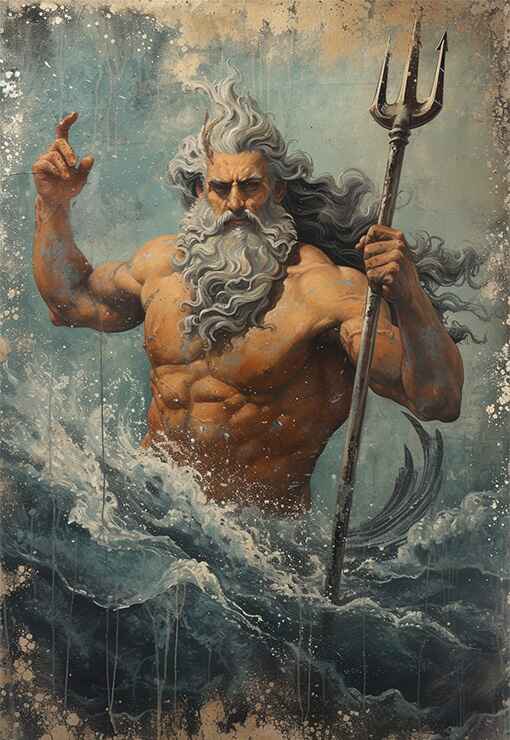
Ancient Greek History
Ancient Greek history, marked by remarkable achievements in democracy, philosophy, and warfare, shaped the foundation of Western civilization, leaving an indelible legacy of innovation and cultural influence that continues to resonate to this day.
Discover
Ancient Greek Olympics
The ancient Greek Olympics, held in Olympia every four years, celebrated athleticism, unity, and cultural pride, serving as a testament to the enduring spirit of competition and excellence that transcends time and borders.
Discover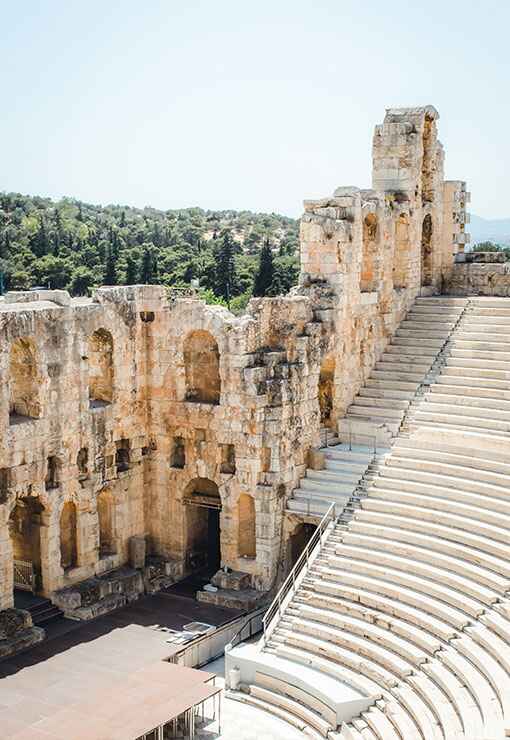
Ancient Greek Wars
Ancient Greek wars, such as the Persian Wars and the Peloponnesian War, were pivotal conflicts that shaped the course of history, highlighting the struggle for power, independence, and the clash of civilizations in the ancient Mediterranean world.
Discover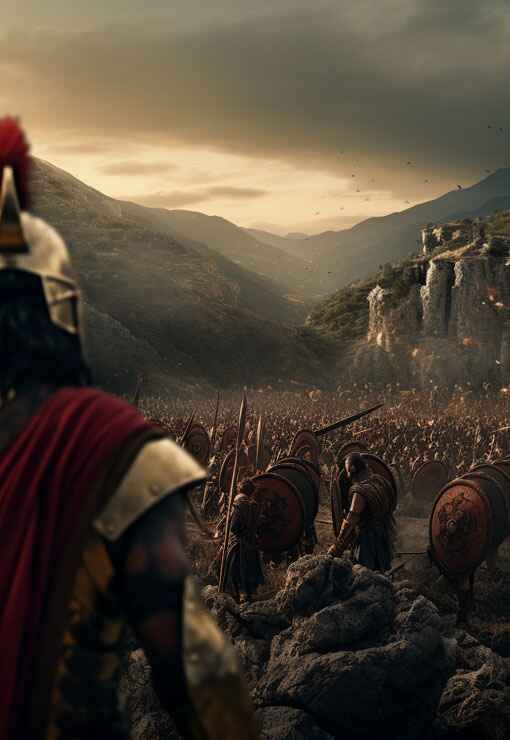
Ancient Greek Culture and Society
Ancient Greek culture and society, characterized by its emphasis on art, philosophy, and civic engagement, fostered a vibrant intellectual and social landscape where innovation flourished, democracy thrived, and the pursuit of knowledge and excellence was celebrated as fundamental values of civilized life.
Discover
